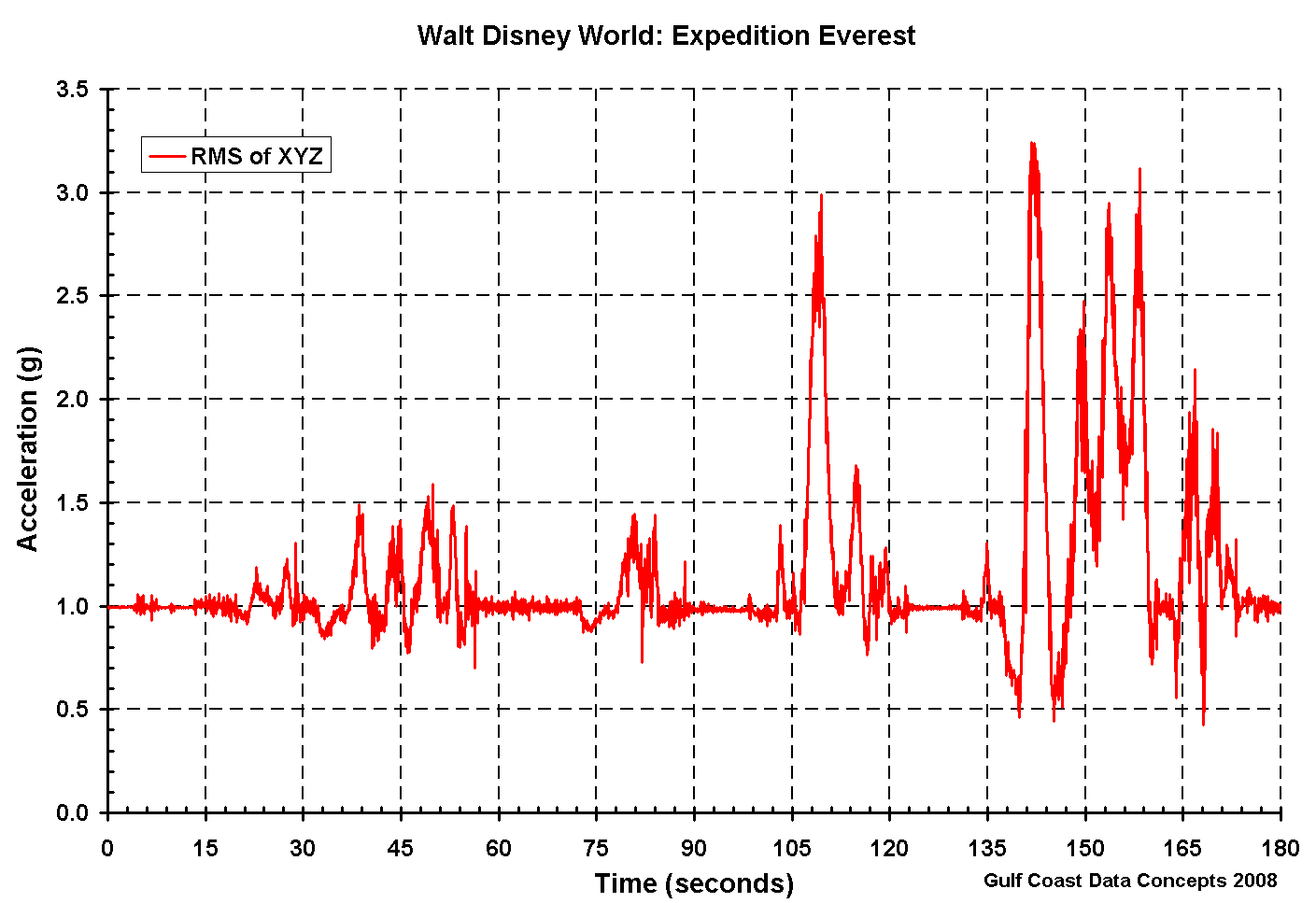Sorry, you're definitely not using those terms as they normally are used.
I'm using the simplified form of "force" as it's generally understood to apply to amusement rides. The scientific definition can be read here, however, coaster enthusiasts don't usually concern themselves with the minutiae of heavy-duty physics. While a roller coaster might technically cause you to experience more than the usual 1 G caused by gravity, unless it's enough that you can really feel it, it will be considered a forceless coaster. Most would agree that a ride like Space Mountain falls under this categorization, as the only forces acting on your body are the typical everyday forces caused by a mild acceleration or sudden sharp turn. You might also get a very slight bit of airtime at certain points, but not everyone will experience this. Either way, you generally aren't considered to be "pulling Gs" on a ride like this. This is an important distinction to make, because if Hagrid's is more forceful than they expected, then it must be pulling enough force that it will actually register with riders as force, much like the unexpected positive Gs on Everest do.
You acknowledge that Mission:Space produces both positive and negative Gs. No, it technically doesn't, since it is all motion perpendicular to the vector of Earth's apparent gravitational force. However, we can talk about the centrifugal/centripetal force of angular acceleration in terms of G in an analogous way. If the angular force is producing a lateral force vector of 19.6 m/s^2, then we can say it's producing 2Gs of force, even if the vector of the force is not pointing toward the center of the Earth, but perpendicular to the vector of Earth's gravity.
Like I said, this degree of detail isn't typically applied when discussing theme park rides, unless you're the one designing them. The weightlessness you experience on Mission: Space is "zero Gs", regardless of how it happens.



